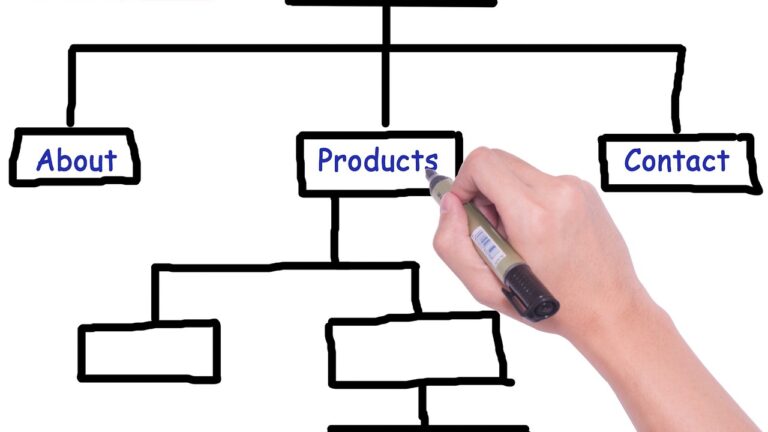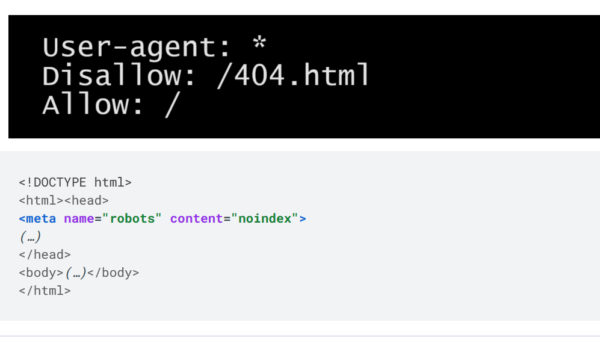Submitting sitemaps is a crucial aspect of optimizing websites for search engines, and understanding the different formats and best practices is key to ensuring efficient crawling. In this blog post, we’ll explore the significance of XML sitemaps and RSS/Atom feeds, highlight their differences, and provide insights into optimizing them for Google.
Sitemaps and Feeds: Choosing the Right Format
Sitemaps can be presented in XML, RSS, or Atom formats. The primary distinction lies in their purpose. XML sitemaps encompass the entire set of URLs on a site, whereas RSS/Atom feeds focus on recent changes. To maximize efficiency:
- XML sitemaps provide information about all site pages and are typically larger.
- RSS/Atom feeds, being smaller, highlight the most recent updates.
For an optimal crawling experience, it is advisable to use both XML sitemaps and RSS/Atom feeds. XML sitemaps inform Google about all pages, while feeds keep content fresh in the index by detailing recent changes.
Examples of Sitemap Formats:
XML Sitemap:
<?xml version="1.0" encoding="utf-8"?>
<urlset xmlns="https://www.sitemaps.org/schemas/sitemap/0.9">
<url>
<loc>https://news.arihantwebtech.com/business</loc>
<lastmod>2023-06-27T19:34:00+01:00</lastmod>
<!-- optional additional tags -->
</url>
<!-- additional URLs -->
</urlset>
RSS Feed:
<?xml version="1.0" encoding="utf-8"?>
<rss>
<channel>
<!-- other tags -->
<item>
<!-- other tags -->
<link>https://news.arihantwebtech.com/business</link>
<pubDate>Mon, 27 Jun 2023 19:34:00 +0100</pubDate>
</item>
<!-- additional items -->
</channel>
</rss>
Atom Feed:
<?xml version="1.0" encoding="utf-8"?>
<feed xmlns="https://www.w3.org/2005/Atom">
<!-- other tags -->
<entry>
<link href="https://news.arihantwebtech.com/business" />
<updated>2023-06-27T19:34:00+01:00</updated>
<!-- other tags -->
</entry>
<!-- additional entries -->
</feed>
Best Practices for Sitemaps and Feeds
Important Fields
The core of XML sitemaps and RSS/Atom feeds lies in the URLs and their metadata. For Google, the two critical pieces of information are the URL and its last modification time.
URLs
Ensure URLs in sitemaps and feeds follow these guidelines:
- Only include fetchable URLs to avoid errors.
- Include only canonical URLs to prevent duplication issues.
Last Modification Time
Specify the last modification time correctly:
- Use the correct format: W3C Datetime for XML sitemaps, RFC3339 for Atom, and RFC822 for RSS.
- Update modification time only when the content changes meaningfully.
- Avoid setting the last modification time to the current time whenever the sitemap or feed is served.
XML Sitemaps Best Practices
- For a single XML sitemap, update it at least once a day for regularly changing sites and ping Google after updates.
- For a set of XML sitemaps, maximize the URLs in each sitemap, considering the limit of 50,000 URLs or 10MB uncompressed.
- Avoid the common mistake of having only a few URLs in each sitemap, hindering efficient crawling.
RSS/Atom Feeds Best Practices
- Add URLs and modification times to the feed when a new page is added or an existing one changes.
- Ensure the feed contains all updates since the last time Google downloaded it, utilizing WebSub for optimal efficiency.
Conclusion
In conclusion, generating both XML sitemaps and Atom/RSS feeds is a powerful strategy to optimize site crawling for search engines. The correct specification of canonical URLs and last modification times, coupled with timely updates and efficient pinging mechanisms, ensures that your website is crawled optimally and represented accurately in search results.
If you have further questions or want to engage with us on this topic, feel free to post in the comment section. Remember that the content shared here is licensed under the Creative Commons Attribution 4.0 License, and code samples are licensed under the Apache 2.0 License. Happy optimizing!






One thought on “Optimizing Website Crawling: A Guide to Sitemaps and Feeds”